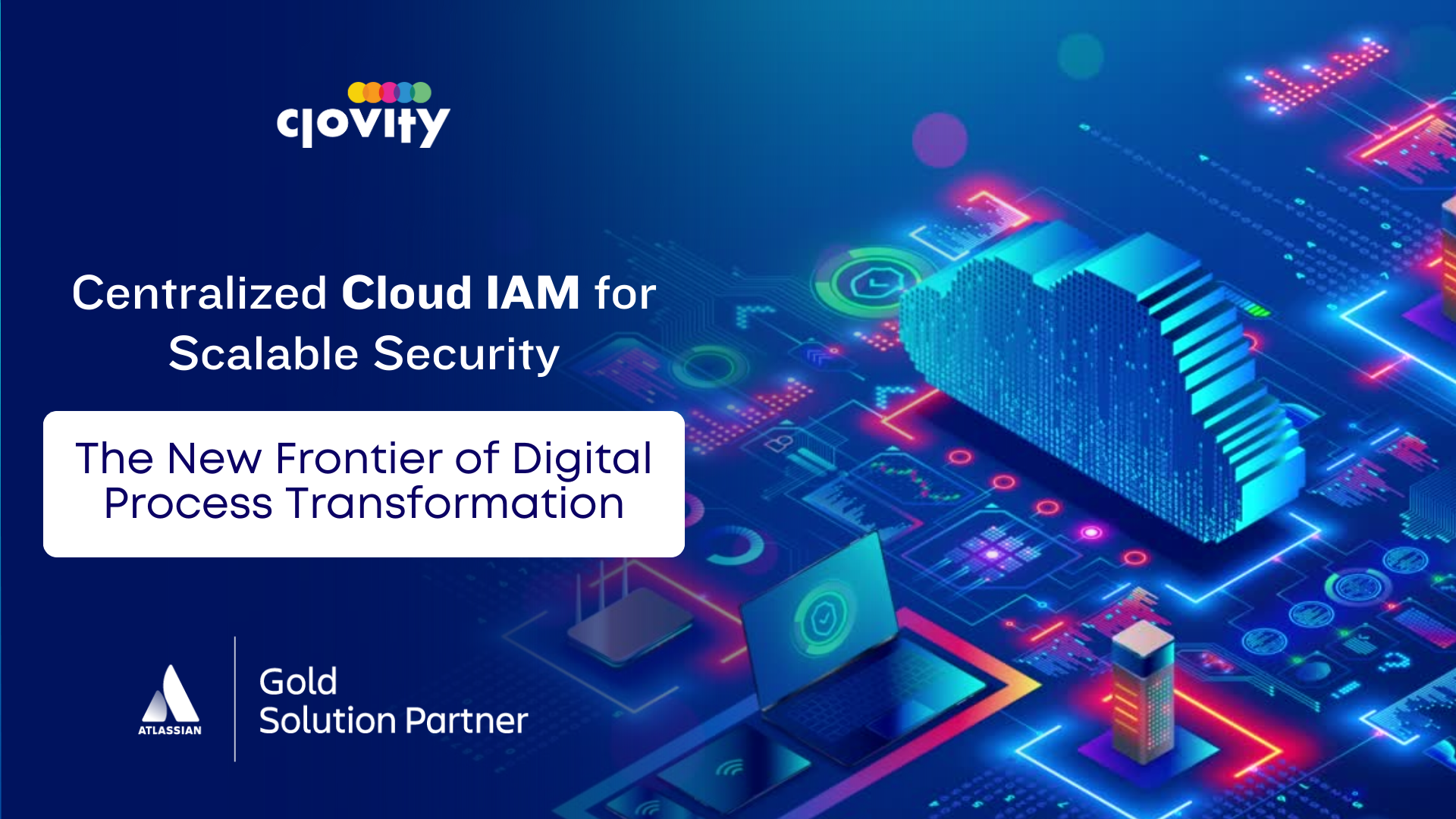In a world where every organizationâs data is scattered across countless apps and platforms, managing who has access to what can feel like running a digital labyrinth. Itâs time to simplify thingsâand thatâs where centralized cloud identity and access management (IAM) comes in. Letâs talk about how this approach not only secures your data but also makes life easier for IT teams and end-users alike.
Why Centralized Cloud IAM Matters
Gone are the days when everything was tucked neatly behind a firewall with one vendorâs tools running the show. Today, teams use dozens (sometimes hundreds) of apps to solve business challenges. While this diversity in tools fosters innovation, it also opens the door to security risks and inefficiencies.
Picture this: multiple apps, each with its own login credentials and access policies, spread across your organization. Not only is this messy, but it also leaves room for unauthorized access and data leaks. Centralized cloud IAM is the antidote to this chaos, giving IT teams a single point of control while ensuring that the right people access the right tools at the right time.
What Is Centralized Cloud IAM?
Centralized cloud IAM isnât just about managing passwords (though thatâs part of it). Itâs a comprehensive approach to controlling access, monitoring user activity, and enforcing security policies. By bringing everything into one unified system, it allows organizations to:
- Manage user identities across all apps and platforms.
- Automate access provisioning and de-provisioning.
- Monitor activity for compliance and security threats.
And it doesnât matter if your team is working on macOS, Windows, or accessing apps via their phonesâcloud IAM covers it all.
How Atlassian Products Fit the Bill
Atlassianâs cloud tools, like Jira Software, Confluence, and Bitbucket, are staples for organizations looking to enhance collaboration. But without a solid IAM strategy, managing access to these tools can get tricky. Thatâs where Atlassian Guard comes in, offering enterprise-grade security and user lifecycle management.
Benefits You Can Expect
- A Single Source of Truth
Centralizing user identity management means every account, permission, and policy can be managed in one place. For Atlassian users, this translates to simplified access across tools like Jira and Confluence, with IT teams having full visibility into whoâs using what. - Streamlined Onboarding and Offboarding
New employee? Automatically grant them access to the tools they need. Someone leaving the company? Revoke their permissions instantly to prevent data leaks. Itâs quick, seamless, and takes the manual effort out of the equation. - Secure Authentication with SSO
Implementing single sign-on (SSO) means your team only needs one login to access multiple tools. Itâs secure, convenient, and ensures adherence to password policies. - Policy Enforcement
Whether itâs mandating two-factor authentication (2FA) or restricting access based on location or device, Atlassian Access makes it easy to enforce organization-wide policies.
Steps to Get Started with Cloud IAM
Embarking on your cloud IAM journey doesnât have to be overwhelming. Hereâs a roadmap to help you:
- Assess Your Needs
Start by evaluating your current setup. What apps are your teams using? Are there any existing identity directories like Active Directory or LDAP that need to sync with the cloud? - Choose an Identity Provider (IdP)
Your IdP acts as the backbone of your IAM strategy. Providers like Okta, Azure AD, or Onelogin integrate seamlessly with Atlassian tools and provide advanced features like automated provisioning. - Integrate Your Apps
Use Atlassian Access to connect your cloud IdP with Atlassian products. This ensures that users can log in securely via SSO and that their permissions are always up-to-date. - Implement Security Policies
Set up two-factor authentication, enforce strong password policies, and define access controls tailored to your organizationâs needs. - Monitor and Audit Regularly
Use Atlassian Access to track user activity and ensure compliance. Audit logs give you detailed insights into who accessed what, making it easier to spot anomalies and mitigate risks.
Tackling Common Challenges
While cloud IAM offers a host of benefits, organizations often face hurdles in implementation. Letâs tackle a few:
- App Sprawl: When teams adopt tools without ITâs oversight, it creates gaps in security. Centralized IAM brings all these apps under one umbrella, ensuring nothing slips through the cracks.
- User Resistance: New login systems can feel like a hassle to employees. SSO addresses this by providing a single, convenient access point for all tools.
- Compliance Woes: Regulatory requirements demand thorough documentation of who has access to what. With centralized IAM, maintaining and demonstrating compliance becomes easy.
Real-World Results
Hereâs what centralized cloud IAM looks like in action:
- Enhanced Productivity
Employees spend less time managing passwords and more time focusing on their work. - Cost Savings
Automated de-provisioning means youâre not paying for licenses tied to inactive users. - Stronger Security
Centralized monitoring and 2FA make it harder for bad actors to gain access to your systems.
The benefits of centralized cloud IAM are clear: it simplifies IT management, improves security, and supports organizational growth. If your team is ready to bring order to the chaos, Atlassian Access is your go-to solution.
Curious about how Atlassian Access can support your IAM goals?
Weâre here to help. As a Gold Solution Partner with Atlassian, we specialize in helping organizations like yours implement IAM strategies that work.
đ§ Contact us at sales@clovity.com or visit đ atlassian.clovity.com to get started.
Letâs make cloud security simple, secure, and smarterâtogether.


